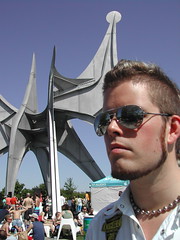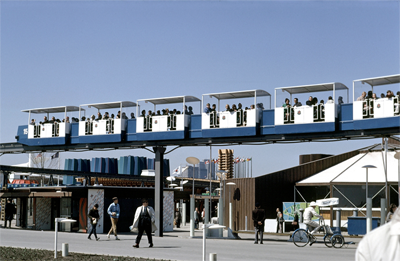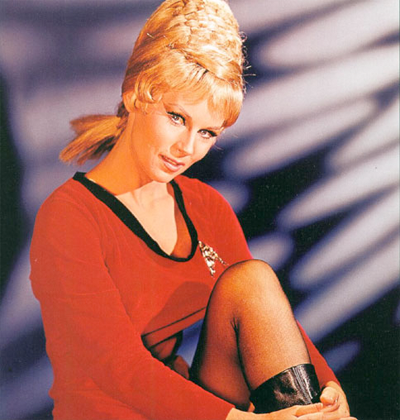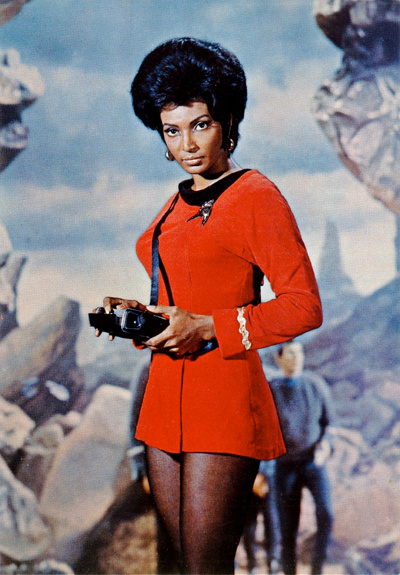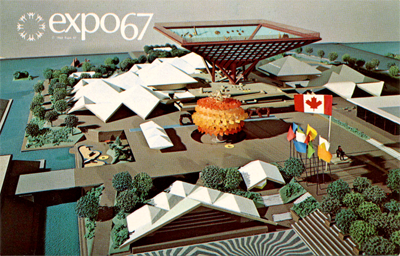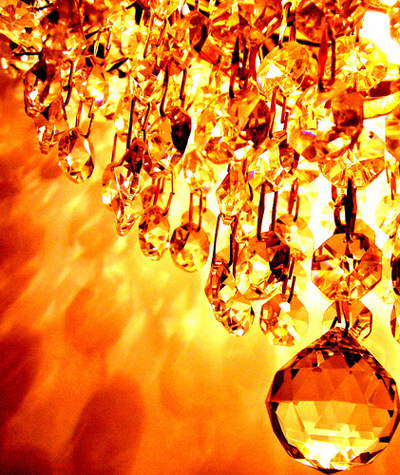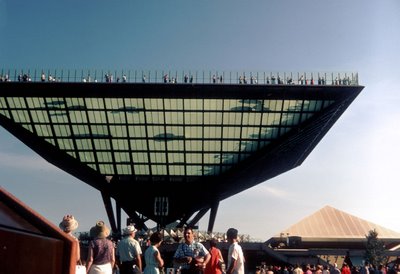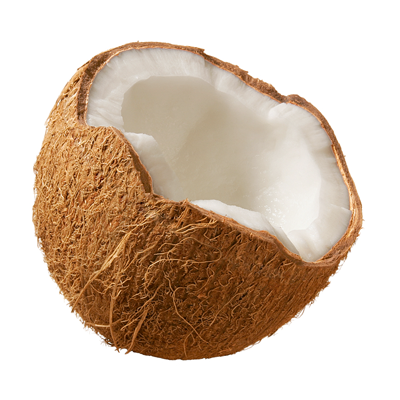One of the most famous sculptures at Expo 67, Alexandre Calder's "Man" still stands today, on Île Saint-Hélene. It was sponsored for Expo, in 1967, by the International Nickel Company of Canada. It stands exactly 67 feet tall (coincidence?...)
The sculpture was moved from it's original spot, during the relandscaping of the old Expo site, in 1992. It now occupies a platform visible from the old port of Montreal. The sculpture is even illuminated at night, the way it would have been during Expo.
For the last 2 years, a group of local Montreal DJ's have been organizing the "Piknic Électronik" on weather-permitting Sundays during the summer. The event is centered around the famous sculpture that has become it's symbol. For those familiar with the Montreal Tam-Tam's, it's the same concept but with DJ's spinning electronic music. The crowd is surprisingly diverse, and the event has become very popular.
I love Piknic Électronik! It brings life back to the old Expo islands. The music's great, and it's fun to dance in the sunshine under an Expo relic!
To visit their website, click here.
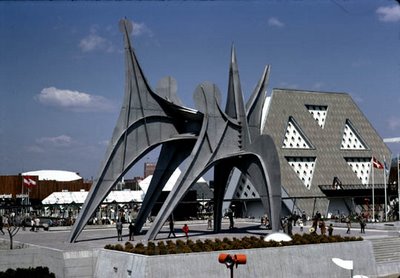 1967 photo: naid.sppsr.ucla.edu/expo67
1967 photo: naid.sppsr.ucla.edu/expo67
The sculpture was moved from it's original spot, during the relandscaping of the old Expo site, in 1992. It now occupies a platform visible from the old port of Montreal. The sculpture is even illuminated at night, the way it would have been during Expo.
For the last 2 years, a group of local Montreal DJ's have been organizing the "Piknic Électronik" on weather-permitting Sundays during the summer. The event is centered around the famous sculpture that has become it's symbol. For those familiar with the Montreal Tam-Tam's, it's the same concept but with DJ's spinning electronic music. The crowd is surprisingly diverse, and the event has become very popular.
I love Piknic Électronik! It brings life back to the old Expo islands. The music's great, and it's fun to dance in the sunshine under an Expo relic!
To visit their website, click here.
 1967 photo: naid.sppsr.ucla.edu/expo67
1967 photo: naid.sppsr.ucla.edu/expo67